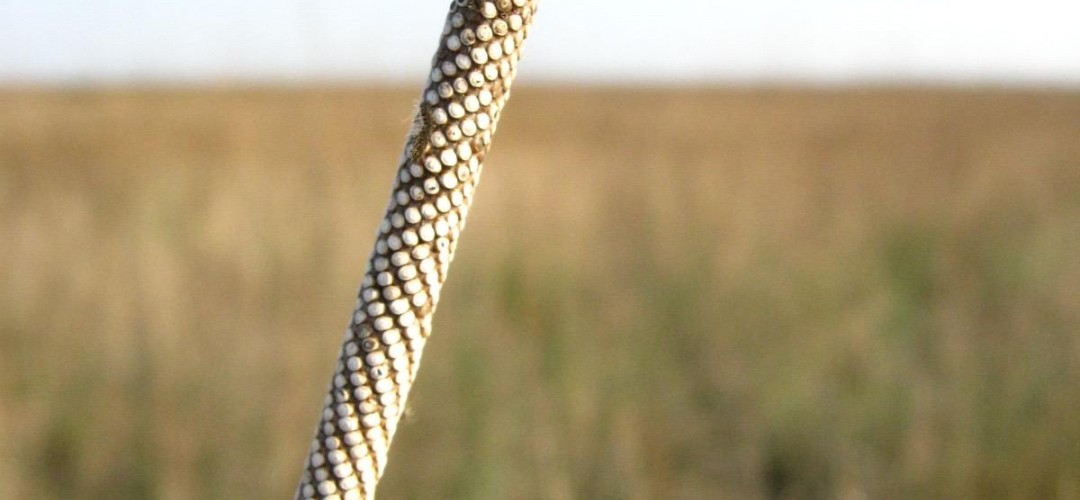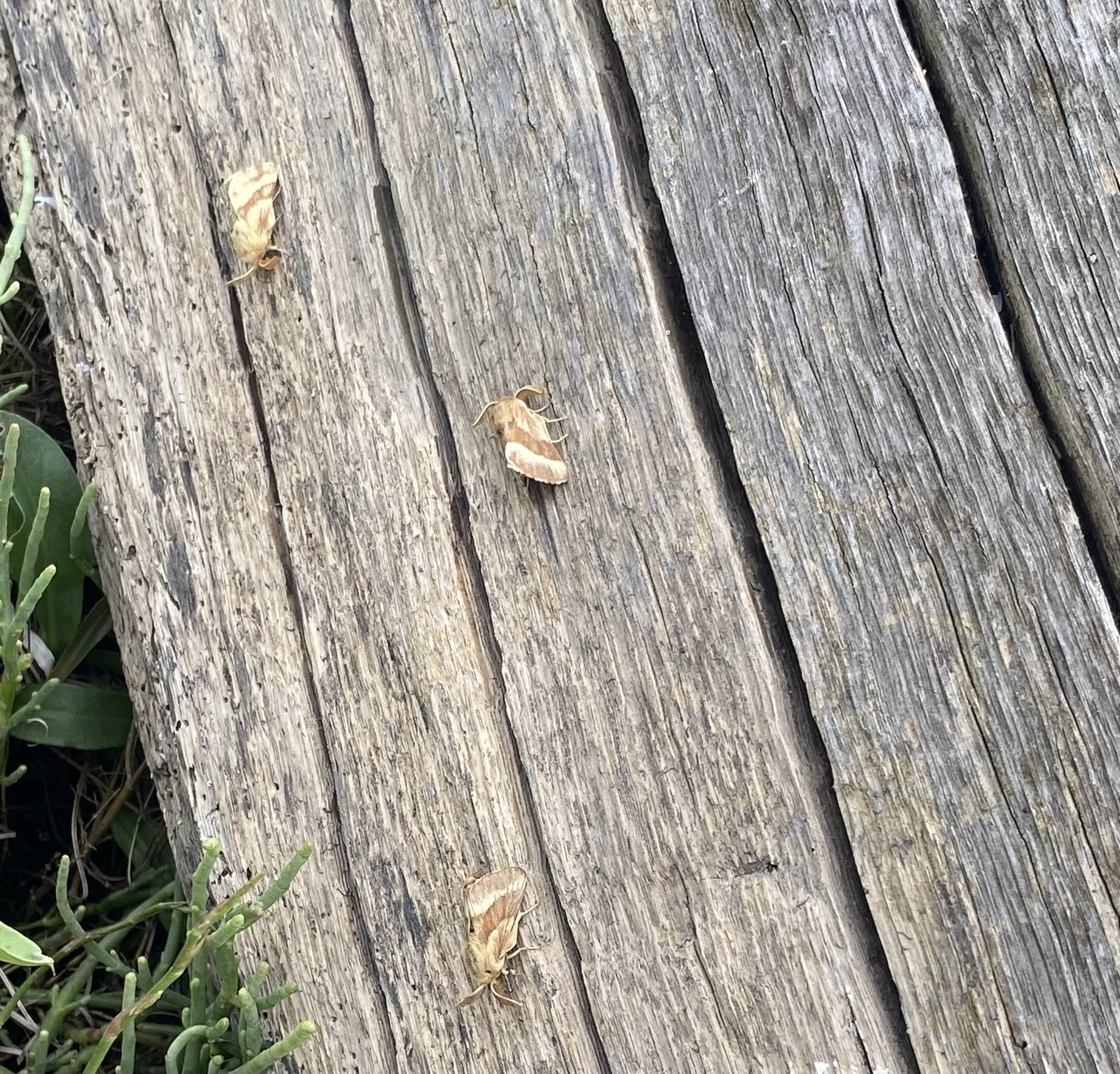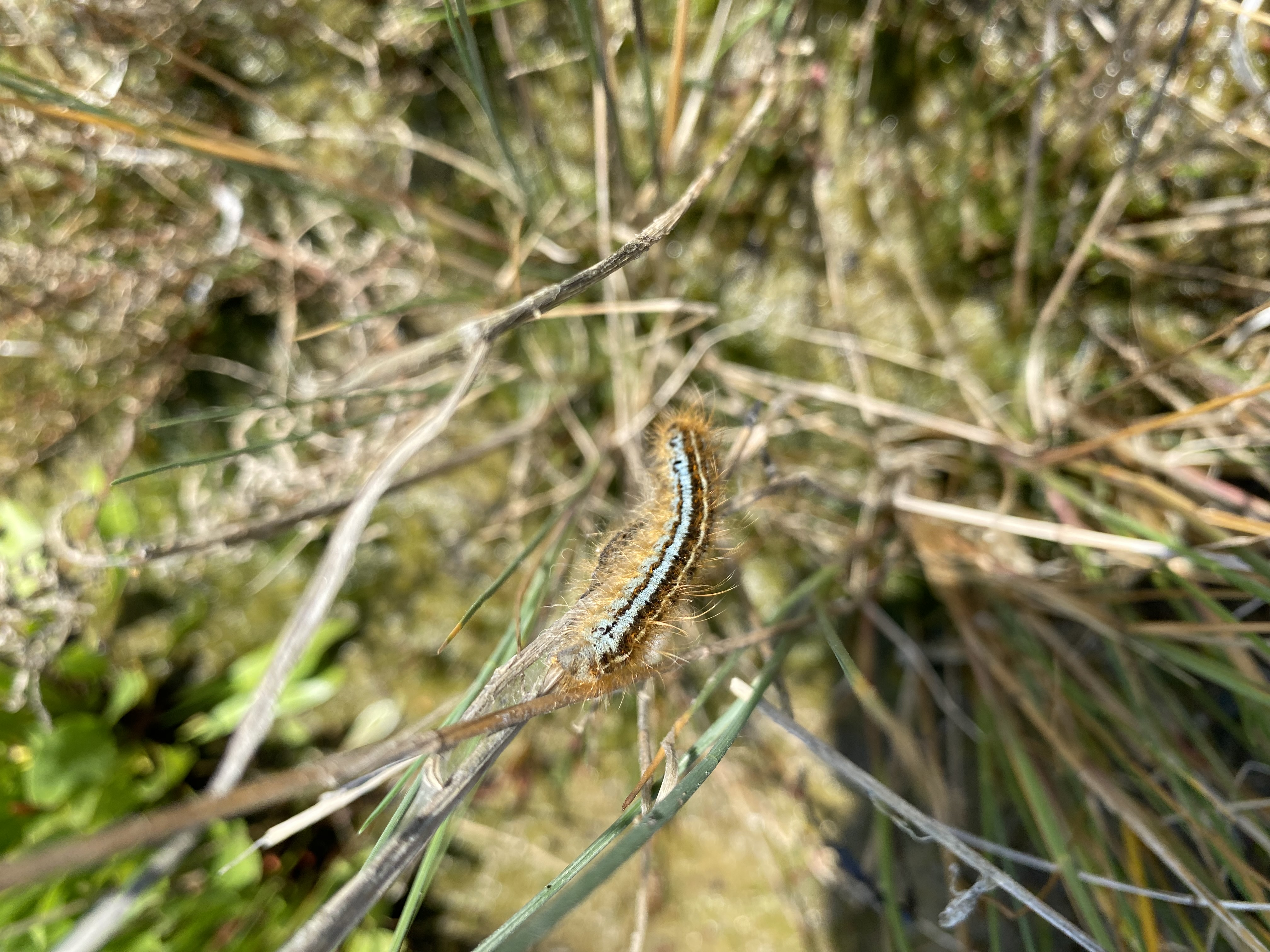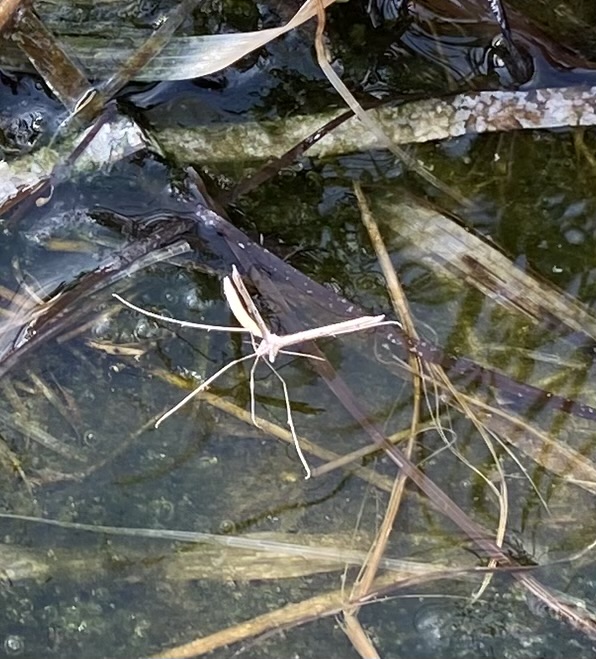Lepidoptera biodiversity of the salt marshes of the Venetian Lagoon
Lepidoptera biodiversity of the salt marshes

Current knowledge of the terrestrial fauna of the Venice Lagoon is mainly focused on mammals, birds, amphibians and reptiles. Of the invertebrates, which predominate in all types of environment in both number of species and in biomass, little is known. Even less is known specifically about the invertebrate fauna living in salt marshes, a peculiar transitional environment i.e. intertidal or periodically submerged. This may be due to the difficulty of considering salt marshes as part of land habitats, as they are periodically submerged by the sea or lagoon, and vice versa if we try to consider them as ‘marine’. Also, their apparent uniformity may be the reason they have attracted little attention from entomologists. From the conservation perspective, one thing is certain: there are no up-to-date studies on the insect fauna of Venice’s salt marshes. There are contributions on individual taxa, often the result of single research projects, and a project with some continuity undertaken by the Museum of Natural History in Venice during the 1980s on the Casse di Colmata, the artificial islands created 50 years ago with sediments dredged from the industrial shipping channel. While the functions that halophytic plants have for salt marshes are relatively well known, the functions of insect fauna are not. They can no longer be ignored as they are fundamental to the ecological balance of any natural environment – notably for pollination of flowers and their role in food chains as primary consumers, and as nutrition for other animals. Insects are also key to breakdown processes of organic matter in marsh sediments.
From the point of view of habitat and species conservation, it must be noted that the salt marshes of the Venetian lagoon (along with the surviving salt marshes of the upper Adriatic coast) host certain species that only live here. These are endemic species whose extinction will be global if these environments are left to degrade further. In particular, lepidopterans closely associated with the flora of salt marshes are among the species that absolutely must be protected. In some cases, their biology is still unknown, hence the conservation of salt marshes is also essential to enable future studies. Other species have a particular life cycle that depends on Limonium as its food source during the larval stage, a plant that is found only in the extreme conditions of salt marshes. There is, therefore, a close relationship between species and habitat, the salt marsh flora supporting a community of unique species that cannot be found in other Mediterranean salt marshes.

Lepidoptera endemic to the salt marshes of the Venetian Lagoon
For butterflies and moths, namely the order Lepidoptera, bibliographic information is out-dated and scarce. Even the most recent articles do not provide complete and homogeneous lists on species whose biology is related to the vegetation of salt marshes, but more often are considered species of the lagoon in general. With the bibliographic data, which has not yet been critically analysed, data from museum collections must also be integrated. This work too will contribute to expanding the landscape of understanding of salt marsh fauna. Field research, however, will provide the most important information, and in this sense the WaterLANDS project is making it possible to collect new and important scientific information. The Vital initiative will then be able to build on this to develop a forward-looking strategy for the area, with the natural capital of the lagoon at the centre together with associated productive activities.
The endemic lepidopteran species of the salt marshes of the Upper Adriatic coast are as follows:
Il Bombice (ground lackey moth) of the salt marshes of the Venetian Lagoon
Malacosoma castrensis (Linnaeus, 1758) var. veneta Standffuss 1884 (Lasiocampidae)
The population biology in the Venetian Lagoon of this species with a wide European distribution is unique: as far as is known, in no other European locality is Malacosoma castrensis monophagous (exclusively nourished) on Limonium (sea lavender); the validity of the particular Venetian variety as a species or subspecies has yet to be determined from a genetic point of view. Breeding outside the salt marsh has not been successful; study in the environment is the only possible way to characterise this once abundant and now disappearing species, alongside the salt marshes on which it lives. It flies exclusively at night, the female lays her eggs in the form of a ‘broom handle’ on the tips of marsh grasses, and the young caterpillars hatch in mid-March. They lead a gregarious life, in groups, in the early stages and then become solitary. They move to the tops of plants as the tides rise. They weave silk and form cocoons in late May. Adults start flying around the second half of June. It can be distinguished from the mainstream population by its larger size and variability in wing colour.

The Lagoon Scithridid
Scithris lagunae Jackh, 1979 (ScYthrididae).
This small butterfly was only discovered last century, and its biology is still a mystery. It seems to fly sporadically during the day on salt marshes, visiting flowers and feeding on nectar like all lepidopterans. Very few specimens are to be found in scientific collections. We do not currently know if it is still present in the Venetian Lagoon.
Morin's Pterophorid
Agdistis morini Huemer, 2001 (Pterophoridae).
This recently described species is found exclusively on salt marshes where it flies during the day making short flights when disturbed and blending in perfectly, due to its distinctive morphology. It exhibits homeochromic and homeomorphic characteristics, meaning that it is similar in colour to the plants on which it rests and because of its resting position with its front and hind wings rolled up to simulate a dry twig. Its biology is well known: the caterpillars feed exclusively on Limonium flowers where they also pupate. It completes two generation cycles per year. It has a very low dispersal ability and can be considered an excellent bioindicator of saltmarsh conservation

The use of insects, particularly Lepidoptera, as bioindicators is something that deserves further consideration regarding the preservation of salt marshes. This order of insects can serve as an excellent bioindicator, as verified already in multiple types of habitat. Particularly for salt marshes, the study of so-called microlepidoptera is crucial since several species of this group are endemic in the strict sense, and many others rely on the food provided exclusively by salt marsh plants. The development of research on this group of invertebrates will also make it possible to clarify the taxonomic validity of, for example, the salt marsh moth or bombice.
◾